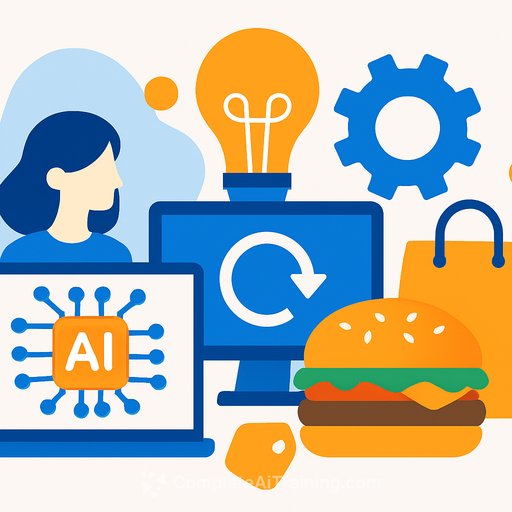996 Returns to Silicon Valley: What Product Teams Need to Know
Some AI startups are reviving the 996 schedule-9 a.m. to 9 p.m., six days a week-to chase speed, market share, and investor momentum. The pitch is simple: extreme effort beats well-funded incumbents. The risk is obvious: burnout, churn, and a slow slide in quality that kills the roadmap.
For product leaders, the question isn't moral. It's operational. How do you ship faster without burning your team or your product?
The Roots and the Shift West
996 drew criticism in China for its toll on workers, yet pieces of it are resurfacing in U.S. AI startups under the banner of "voluntary intensity." Ironically, in a field built on automation, people are working more, not less.
Global contrasts are sharp. South Korea caps weekly hours at 52, and Europe's rules go further on rest and time caps. Research also ties long hours to higher health risks, which eventually show up in output and attrition. WHO/ILO analysis on long hours and EU working time guidance are worth a look.
What This Means for Product Development
Intensity works in short bursts. Beyond that, defect rates climb, creativity dips, and cycle time drifts. The job is to compress feedback loops, remove drag, and timebox the push-without normalizing crisis as a process.
A Practical Operating Model
- Set one quarterly bet. Pick a single metric that matters (activation, retention, unit cost, latency). Every sprint, ask: does this task move the needle or just feel busy?
- Use burst cadence. 4-6 weeks build, 1 week cool-down. Cool-down handles refactors, docs, debt, and postmortems. Protect it like a release window.
- Protect maker time. Two 3-4 hour focus blocks daily. Push status async. Keep a 5:1 maker-to-meeting ratio.
- Limit WIP. No one owns more than two "hard" problems at once. Everything else waits on a queue with clear kill criteria.
- Define finish lines. For every feature: spec, acceptance tests, rollout plan, metric target, and rollback path. "Shipped" means "measured."
- Speed through tooling, not heroics. Invest in CI minutes, preview envs, seed data, eval harnesses for AI features, and one-click rollbacks.
- On-call, not always-on. Formal rotations with caps on pages per shift and guaranteed comp time after heavy incidents.
- Timebox weekends. If weekends are needed near launch, cap to a single 4-hour block with comp days. Make it the exception, not the operating system.
- Make trade-offs explicit. Use an Impact x Confidence x Effort score to rank work. If something enters late, something else leaves.
- Write it down. One-pagers for bets, short RFCs for risky changes, and weekly progress notes. Reduce meetings by making decisions visible.
Metrics That Catch Burnout Before It Hits Output
- Quality drift: bug count per release, change failure rate, incident frequency.
- Flow erosion: cycle time vs. baseline, PR review latency, "work-to-rework" ratio.
- Load signals: after-hours messages per person, on-call pages per week, PTO cancelations.
- Team health: monthly anonymous pulse (energy, clarity, workload), 1:1s with a single question: "What's one thing making work harder than it should be?"
If You Inherit a 996 Culture
- Put expectations in writing. Hours, comp, comp time, and performance bars. Don't rely on "unspoken norms."
- Introduce "deload" weeks. Every 6-8 weeks, freeze new work, clean up, and reduce hours. Track defect rates before/after to prove the value.
- Stage launches. Canary, progressive rollout, and dark launches to cut night/weekend emergencies.
- Reduce scope by default. Ship the smallest version that proves the outcome. Add the nice-to-haves only if the metric wins.
- Use incident command. One owner, clear roles, 30-minute updates, blameless postmortems within 48 hours.
Regulation and Risk
Expect more scrutiny of extreme schedules, especially around overtime rules and worker classification. If you're pushing hours, make sure your contracts, pay practices, and tracking align with labor standards. A quick primer: U.S. Fair Labor Standards Act (FLSA).
Bottom Line
Speed is a product choice, not a lifestyle. Use focused pushes, remove friction ruthlessly, and let recovery protect quality. You'll ship faster and keep the people who make the shipping possible.
Level Up Throughput Without Longer Hours
If your bottleneck is skill or tooling-not effort-improve leverage with targeted upskilling for your role. See curated options by job: Complete AI Training: Courses by Job.
Your membership also unlocks:





